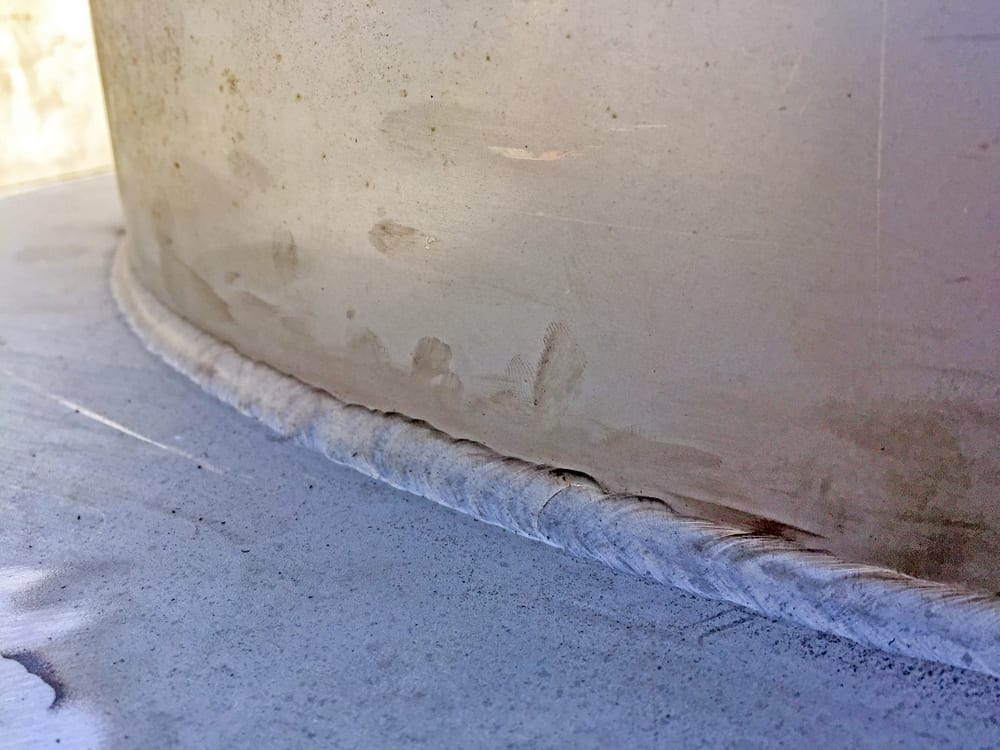Best Overview to Preventing Weld Undercut: Tips and Techniques
Best Overview to Preventing Weld Undercut: Tips and Techniques
Blog Article
Grasping the Art of Welding: How to Avoid Undercut Welding Issues for Flawless Construction Outcomes
By comprehending the origin creates of undercut welding and implementing efficient methods to prevent it, welders can elevate their craft to new degrees of quality. In the quest of remarkable fabrication results, grasping the art of welding to prevent undercut problems is not just a skill but a necessity for those striving for perfection in their work.
Comprehending Undercut Welding

To protect against undercut welding, welders must make sure proper welding specifications, such as readjusting the present, voltage, traveling rate, and keeping the correct electrode angle. Furthermore, using the suitable welding strategy for the details joint setup is important. Utilizing weaving activities or backstepping techniques can assist ensure appropriate weld steel deposition and reduce the probability of undercut development. Regular evaluation of welds throughout and after the welding process is likewise critical to catch any undercut early and make necessary adjustments to stop more problems. Preventing weld undercut. By comprehending the reasons of undercut welding and implementing precautionary procedures, welders can attain high-quality, structurally sound welds.
Reasons of Undercut in Welding
Comprehending the variables that add to damage in welding is crucial for welders to generate high-grade, structurally audio welds. When the weld metal does not effectively load the groove created in between the base metal and the formerly deposited weld steel, damaging happens. A number of elements can lead to damage in welding. One usual reason is too much warm input. Welding at high temperatures for extended durations can cause the base steel melting more than wanted, causing undercut. Inadequate welding current or incorrect welding speed can also add to damage. Inadequate current might not give sufficient heat to thaw the base and filler metals sufficiently, while excessive rate can avoid correct combination, creating undercut. Furthermore, improper electrode angles or wrong torch adjustment methods can develop areas of low weld steel deposition, promoting undercut. Understanding these reasons and carrying out correct welding strategies can help protect against undercutting problems, guaranteeing durable and strong welds.
Methods to Avoid Undercutting

To reduce the threat of damaging in welding, welders can employ tactical welding methods intended at enhancing the high quality and honesty of the weld joints. One reliable method is to adjust the welding specifications, such as voltage, present, and take a trip rate, to ensure proper heat input and deposition. Preserving an appropriate electrode angle and making certain consistent traveling rate can also help prevent undercut. In addition, using the appropriate welding technique for the particular joint setup, such as weave or stringer beads, can add to lowering damaging. Preventing weld undercut.
In addition, correct joint prep work, including making certain tidy base products totally free of contaminants and using the ideal welding consumables, is critical in preventing undercut defects. Using back-step welding methods and controlling the weld grain profile can additionally assist distribute warmth uniformly and reduce go to my site the risk of undercut. Regular inspection of the weld joint throughout and after welding, in addition to implementing quality control actions, can help in spotting and addressing damaging problems promptly. By carrying out these methods carefully, welders can accomplish flawless manufacture results with very little undercut issues.
Value of Correct Welding Parameters
Choosing and keeping proper welding parameters is vital for attaining successful welds with minimal flaws. Welding criteria refer to variables such as voltage, present, take a trip rate, electrode angle, and shielding gas circulation price that directly affect the welding process. These specifications have to be carefully adjusted based on the kind of product being bonded, its thickness, and the welding technique employed.
Proper welding specifications make certain the right amount of heat is put on melt the base metals and filler product uniformly. If the criteria are established also high, it can bring about extreme heat input, triggering spatter, distortion, or burn-through. On the other hand, if the specifications are too low, insufficient fusion, lack of penetration, or undercutting may happen.
High Quality Guarantee in Welding Workflow

Conclusion
Finally, mastering the art of welding requires an extensive understanding of undercut welding, its causes, and techniques to prevent it. By making sure correct welding criteria and carrying out high quality assurance practices, remarkable fabrication outcomes can be accomplished. It is vital for welders to regularly strive for quality in their welding procedures to prevent undercut problems and produce high-quality welds.
Undercut best site welding, an usual issue in welding procedures, occurs when the weld metal doesn't correctly fill the groove and leaves a groove or depression along the bonded joint.To avoid undercut welding, welders should make sure correct welding criteria, such as changing the existing, voltage, travel rate, and preserving the right electrode angle. Inadequate welding wrong or present welding rate can additionally add to damage.To mitigate the threat of undercutting in welding, welders can utilize tactical welding strategies i was reading this aimed at improving the quality and stability of the weld joints.In conclusion, grasping the art of welding calls for a detailed understanding of undercut welding, its causes, and methods to stop it.
Report this page